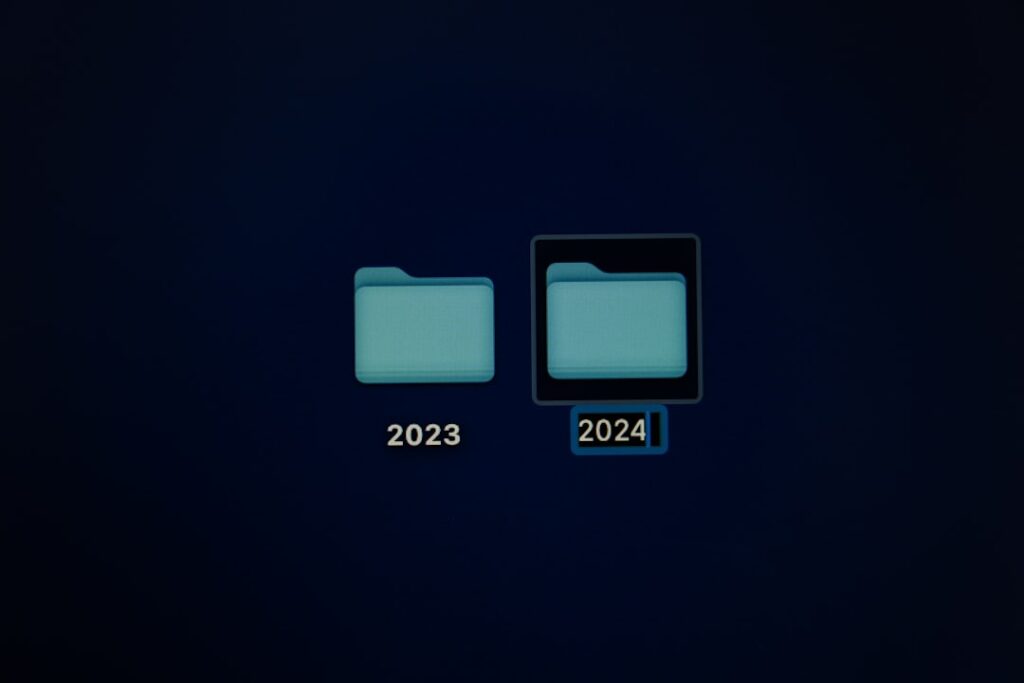That Moment When Your Coffee Machine Seems Smarter Than You: Navigating Today’s AI Technology Trends
Remember the first time you asked ChatGPT something and actually gasped at the answer? Yeah, me too. It was last November for me – asking it to explain quantum entanglement in the style of a pirate ballad. The result was… disturbingly coherent (and weirdly catchy). That moment wasn’t just fun; it was a flashing neon sign screaming that something fundamental had shifted. Suddenly, everyone from your tech-obsessed nephew to your slightly baffled Aunt Mildred is talking about AI technology trends. But beyond the hype cycle fatigue (seriously, it’s real), what’s actually happening? Where are we headed? Buckle up, grab your beverage of choice (mine’s an oat milk latte right now), because we’re diving into the fascinating whirlpool of today’s AI landscape.
[IMAGE_1: A diverse group of people looking thoughtfully at holographic AI interfaces displayed in mid-air]
The Generative Tsunami: Beyond Just Clever Chatbots
Let’s start with the elephant – or rather, the endlessly creative robot artist – in the room: generative AI. It exploded onto the scene like fireworks at midnight on New Year’s Eve. But here’s what I find fascinating: we’re rapidly moving past simple text generation.
Coding Companions & Creative Co-Pilots
Tools like GitHub Copilot aren’t just suggesting snippets anymore; they’re practically writing entire functions based on your intent. For developers? It’s like having an incredibly fast, slightly nerdy intern who never sleeps or complains about coffee runs. And creatives! My graphic designer friend Sarah showed me how she uses Midjourney V6 not just for inspiration thumbnails, but for generating intricate textures she then incorporates into final designs – saving her hours. The key shift? Seeing these tools as collaborators augmenting our skills, not replacing them outright.
The Rise of Personalization Engines
Remember when Netflix recommendations felt vaguely creepy? Get ready for hyper-personalization powered by generative models that understand nuance better than ever before. Imagine educational platforms dynamically adapting course material exactly to your learning pace and style confusion points (“Ah, user stumbled on quadratic equations again – let’s generate three different visual explanations”). This isn’t sci-fi; it’s starting now.
“Small is Mighty”: The Era of Compact & Specialized Models
Okay, be honest – did your eyes glaze over when you heard about billion-parameter models? Mine did too sometimes. But here’s a refreshing counter-trend: smaller, specialized models gaining serious traction.
Think about it like this: Do you need a massive industrial oven just to toast your morning bagel? Probably not (though impressive!). Similarly, companies are realizing they often don’t need gigantic foundational models consuming vast resources for specific tasks.
- Tiny Titans: Models fine-tuned for niche purposes – think detecting fraud patterns in insurance claims faster than any human analyst could blink.
- Edge Intelligence: Running directly on devices (phones, sensors in factories). Why send data halfway across the world and back when the smart sensor monitoring vibration on a wind turbine can diagnose an impending bearing failure locally?
- The Cost Factor: Smaller models mean lower compute costs and energy consumption – making sophisticated AI accessible to smaller businesses and more sustainable overall.
What I’ve noticed is this shift democratizing power – literally putting smarts closer to where decisions need making.
Sight + Sound + Smarts: The Multimodal Mashup Gets Real
“Show me.” Humans naturally combine senses – we see something while hearing an explanation and instantly grasp more than either input alone could convey. Guess what? AI is catching up fast in understanding this rich tapestry.
[IMAGE_2: Abstract representation of data streams merging – text symbols flowing into images into sound waves]
- Beyond Captions: Models can now analyze an image and understand accompanying text contextually (“This meme shows Grumpy Cat looking annoyed next to spilled coffee – implying Monday morning frustration”). That’s deeper comprehension!
- The Video Frontier: Generating coherent video snippets based on complex prompts (“A corgi astronaut riding a skateboard on Mars in Van Gogh’s Starry Night style”) is still evolving but progressing at light speed compared to just last year.
- Sensory Fusion: Imagine health monitors combining visual skin analysis via phone camera with audio cues from coughs or breathing patterns sensed by wearables for early illness detection potential.
The Guardrails Go Up: Navigating Trust & Regulation
Let’s get real for a sec. With great power comes… well, you know the rest. As these AI technology trends surge forward, so do crucial conversations about ethics and control.
- The Hallucination Problem: When an AI confidently spouts nonsense (“Yes! Napoleon did invent the taco!”), how do we build trust? Research into grounding outputs in verified facts is paramount.
- Bias Busters Needed: Models trained on imperfect human data inherit our biases. Actively auditing datasets and developing techniques for fairness isn’t optional anymore; it’s core engineering work.
- The Regulatory Wave: From EU AI Acts focusing on risk categories to US executive orders pushing for responsible innovation – governments are stepping in globally.
Anecdotally? Companies I talk to are scrambling not just for talent who can build cool models, but experts who understand ethical frameworks and compliance requirements deeply.
Tailored Solutions: Industry-Specific AI Takes Center Stage
The early days felt like throwing powerful new tools at problems willy-nilly (“Can this LLM optimize my supply chain?”). Now? We’re seeing laser-focused applications solving specific, high-value industry pain points.
Healthcare Gets Hyper-Personalized
A colleague in biotech shared how they’re using predictive models not just for drug discovery screening (a classic), but analyzing vast anonymized patient records to identify subtle biomarkers predicting responses to treatments years earlier than traditional methods might catch.
Imagine personalized cancer treatment plans optimized by AI constantly learning from global outcomes data – truly revolutionary stuff underway right now.
But crucially requiring robust privacy safeguards alongside medical expertise every step.
What makes this trend exciting its practicality impact tangible lives businesses truly understand needs their domain experts driving adoption validation process together technologists bridging gap effectively creating solutions feel less like shiny objects useful tools integrated workflows meaningfully enhancing human capability decision-making processes without replacing critical judgment calls entirely trust still paramount here always will be hopefully anyway!
[IMAGE_3 An engineer interacting transparent overlay AR interface showing data visualizations factory equipment]

